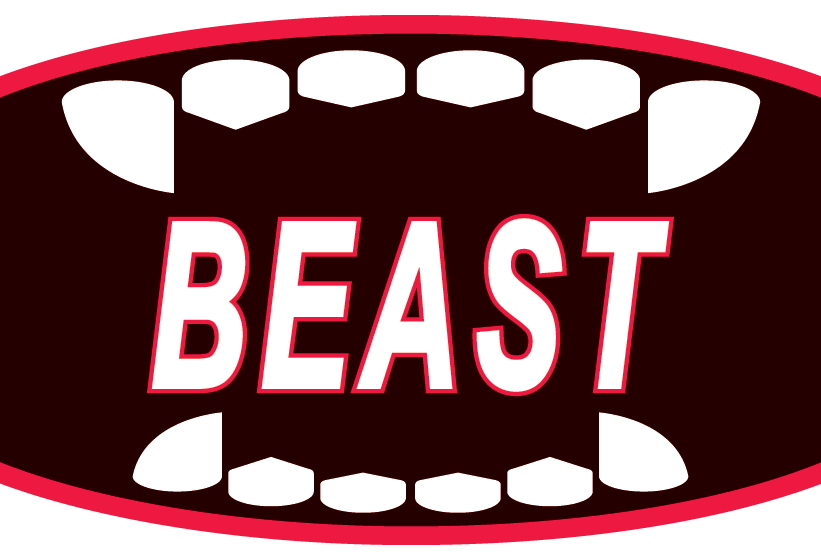Ski Wax FAQ's
Wax Principles
Waxes are lubricants applied into a ski base to reduce friction between the base and snow. There are three types of friction that require specific lubrication.
Dry Friction
Occurs when dry snow granules come in contact with the ski base. The solution to enhance glide is to use a hydrocarbon wax that is slightly harder than the snow particles. If a wax is too soft the snow crystal will penetrate into the wax causing a grippy base. However, if the wax is too hard the coefficient of friction will be higher and the base will be less slippery.
Wet Friction
Wet friction occurs when a high moisture content snow creates suction between the ski base and snow. A fluorocarbon additive is necessary to reduce the wet friction. However, it's important to not use too much fluorocarbon as it will increase the dry friction and reduce glide.
Electrostatic Friction
Static electricity is generated when a ski base runs on snow creating an electrostatic attraction between the ski and snow. Visualize the attraction of socks that have been in a clothes dryer. Graphite is commonly introduced into the ski wax to reduce static electricity.
What Wax Brand is Fastest?
Each major brand proclaims victories, but they are really quite similar in their basic formulation. It's usually best to select one top brand and learn the characteristics of each of their products so you will make the correct choice for the particular conditions of the day.
Bouncing around to find a "miracle" wax is usually self defeating. We often hear of a chemist who has developed a "secret formula". Don't you believe the entire race world be using it if there were such a wax?
Most waxes used in international racing are temperature specific (i.e. each wax has a narrow temperature range for optimum performance). Ski technicians must look at snow temperature, the shape of the snow crystals and humidity to be able to chose the best specific wax for these very specific race conditions. Major problems arise when the weather conditions change rapidly, as they tend to do in the mountains. Thus resulting in this very carefully chosen wax not performing as expected.
Many racers are moving to a newer breed of waxes that feature performance over a broad temperature range. Thermo-reactive ingredients are added to the wax to automatically adjust the hardness to match the snow temperature. BEAST Waxes have been developed with this technology to offer top performance over a broad spectrum of snow conditions and virtually eliminate the guesswork of choosing the right wax.
What Iron Temperature?
Set your waxing iron temperature as cool as possible, but warm enough so wax melts easily. The iron will initially cool down when coming into contact with the base as the cooler base material draws the heat from the iron. A high quality ski wax iron will hold a specific temperature much better than a household iron and make for more efficient waxing.
What is Base Prep Wax?
Base prep waxes were developed to quickly penetrate the ski base during initial preparation. They are a hydrocarbon based waxes designed to condition and lubricate the base to prevent it from drying out. New skis normally come from the factory with insufficient lubrication and should definitely be prepped before use. BEAST Zero and BEAST Zero-G base prep waxes are a mixture of ultra-soft wax to deeply penetrate and lubricate the base and ultra-hard wax that stays close to surface of the base to provide abrasion protection.
Base prep wax is also used as travel wax. When ironed into your base it helps prevent exposure to air and other oxidizing forces. Leave travel wax unscraped when your skis will not be used for extended periods of time. Scrape and apply condition appropriate wax before use.
How do I Prevent Base Burn?
Base burn is caused when abrasive snow rubs on a base with insufficient lubrication. The base becomes fuzzy and will not glide well. Remove fuzzy material by ironing in a hard wax like BEAST 1-C and scraping with sharp scraper after the wax has cooled.
Prevent base burn in cold or abrasive conditions by fully saturating your ski base with multiple layers of wax designed for cold conditions. Applying an extra cold powder wax near the ski base edges can also help.
What is Hot Scraping?
Hot scrapping is the preferred method to clean ski bases. Iron in a soft hydrocarbon like BEAST Zero or BEAST 1 and scrape while the wax is still liquid or soft. Impurities in the base will float to the surface while waxing and are removed by scraping. Repeat several times to purge all contamination and old wax.
Is Fluorocarbon Wax Faster?
While fluorocarbon is used in the most expensive waxes, do not fall into the trap of expecting more expense to always be faster. Fluorocarbon is a hydrophobic material to repel moisture. In low humidity or low moisture, a highly fluorinated wax may reduce speed as it essentially increases dry friction. Use a lower fluoro wax like BEAST 2, if in doubt.

Left: Ski is treated with basic hydrocarbon wax.
Right: Ski is treated with high fluorinated wax.
Notice how the water "beads" and is repelled.
Fluorocarbon is added to hydrocarbon wax in varying proportions to suit the conditions. Wax companies don't list the exact amount of fluorocarbon, but the chart below is a general approximation.
Fluorocarbon Chart
| Type | Fluoro Amount | Humidity Range |
|---|---|---|
| Lo-Fluoro | 2-3% | under35% |
| Mid-Fluoro | 3-7% | 35-70% + |
| Hi-Fluoro | 8-15% | 70% + |
